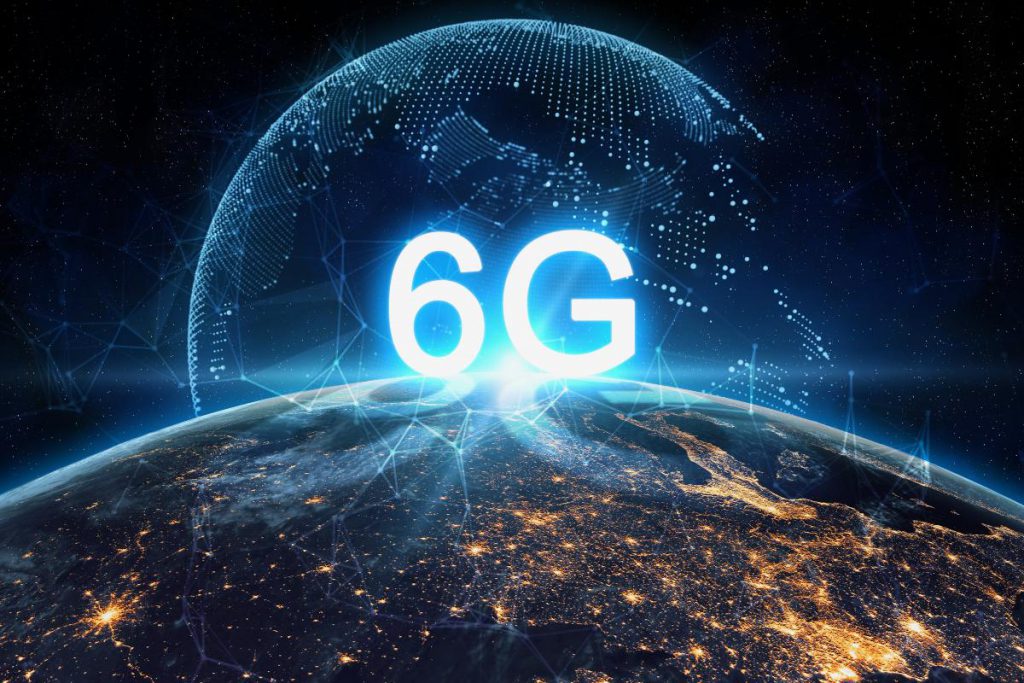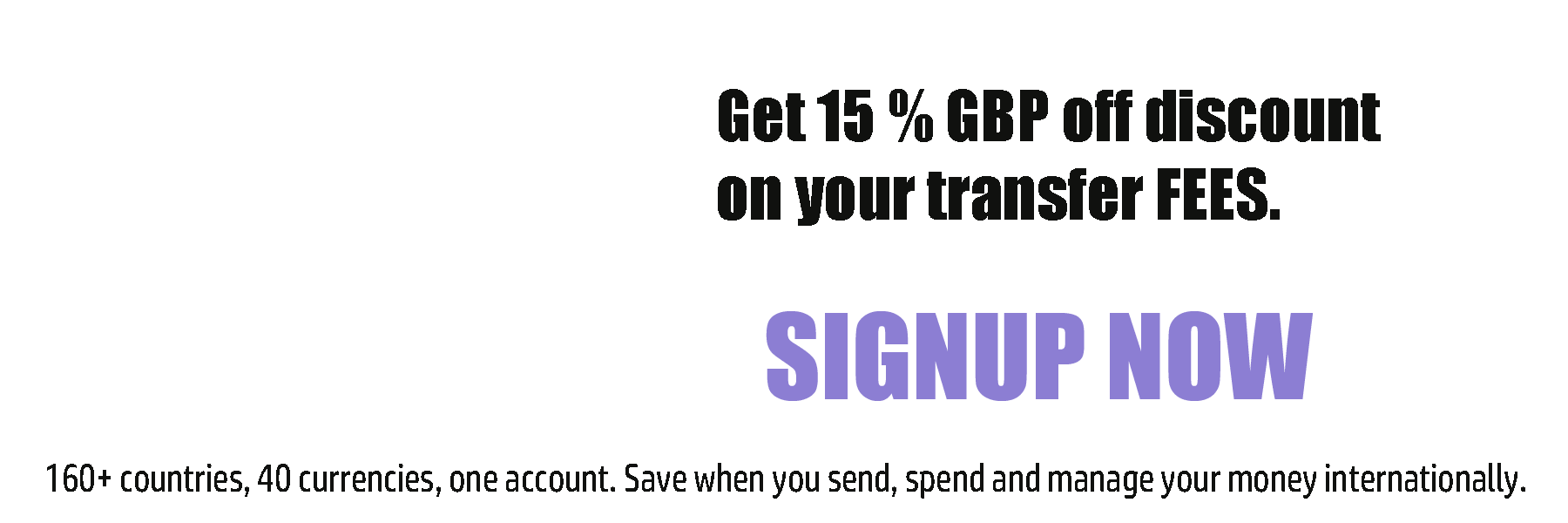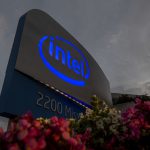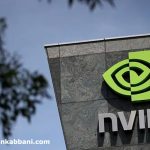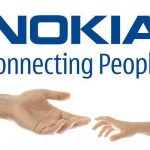Nokia is leading a group of companies and universities in the European Union-funded wireless project called “Hexa-X” to help launch the new generation of mobile communications networks called “6G”.
The group includes companies such as “Intel”, “Siemens”, “Ericsson”, “Orange” and “Telefonica SA”, as well as the University of Oulu and University of Pisa, according to the membership list.
Preparations for the development of “6G” began in several regions around the world, although the deployment of 5G networks is still in its infancy, and 100 telecommunications companies around the world provide service in some limited areas.
In addition to “Hexa-X” led by “Nokia” in Europe, there is “Next G Alliance” and “O-RAN Alliance” in the United States, and the Chinese government is also funding a group to develop “6G” technologies.
Starting in 2030, 6G technology is expected to use terahertz ultra-high-frequency waves, while providing advanced communication that can link technology with the human body and brain, in addition to real-time holographic imaging.
It is reported that Finland submitted earlier this month a telecommunications law that could be used to exclude the Chinese company “Huawei” from its networks. The Finnish parliament approved the bill designed to protect networks from cyber threats and espionage. The legislation does not mention any of the specific companies or countries, but it bans the equipment as a major asset of the network if there are strong reasons to suspect that the use of such equipment endangers national security.


